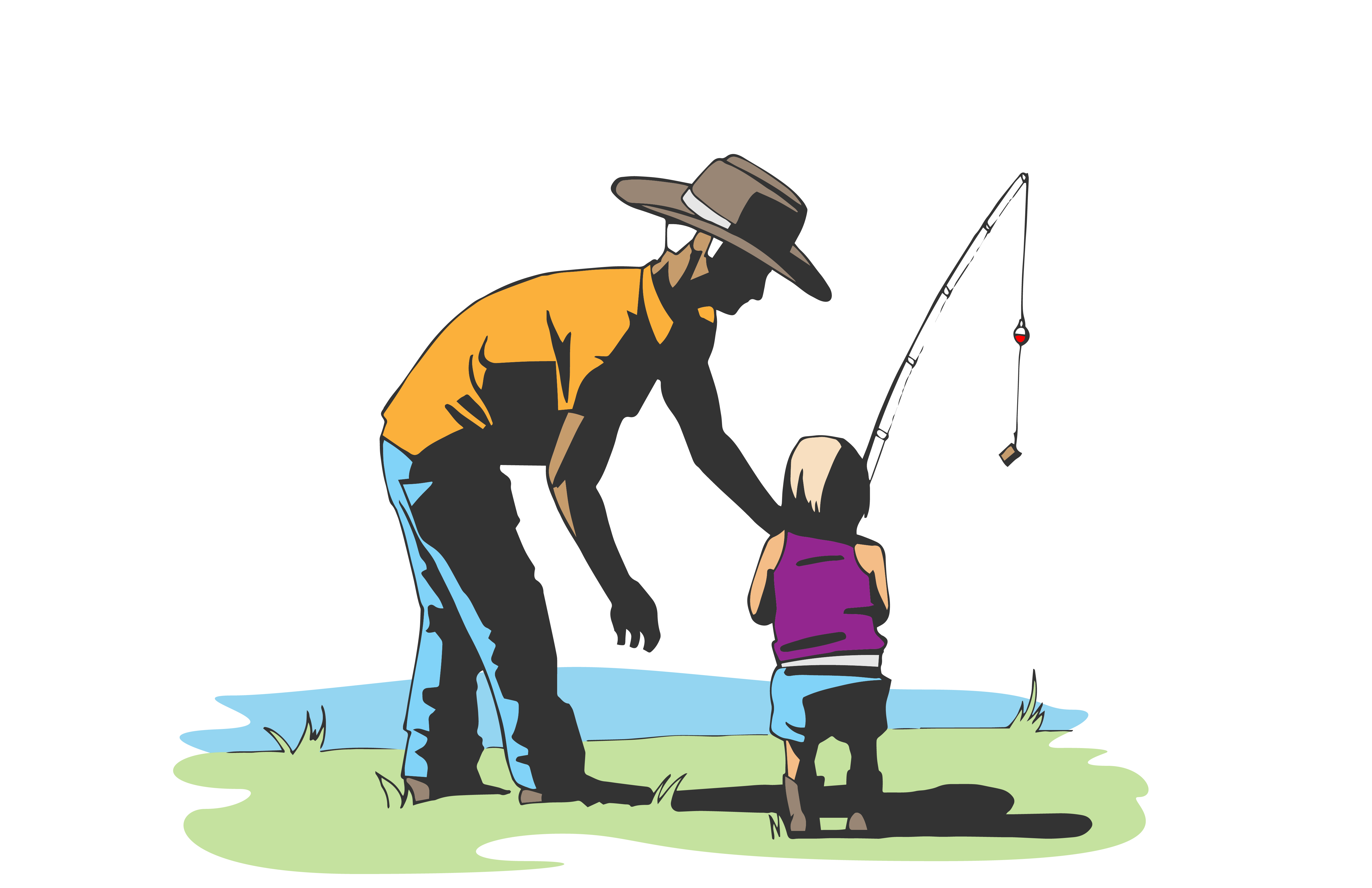
The ‘Average Angler’ doesn’t exist. People are drawn to sportfishing for a variety of reasons, many of which include escape, social engagement, challenge, and relaxation. For state agencies, angler organizations and industry, the ability to recognize the unique angler personas and also tap into their motivations directly correlates to more effective marketing and communication efforts, driving increased sales and greater participation.
With funding from a multi-state conservation grant awarded by the Association of Fish and Wildlife Agencies (AFWA), the American Sportfishing Association (ASA) has just released a report identifying the seven unique segments, or personas, that comprise U.S. anglers. These angler personas, constructed around motivations to participate in sportfishing, span the demographic spectrum, cover all levels of experience, and reflect all types of fishing. Retention efforts can be enhanced by truly understanding the core reasons why people fish.
Meet the Seven Segments
The new report, available at ASAFishing.org, provides detailed descriptions about each persona’s motivations, buying habits, fishing interests and much more. Together, these personas represent all U.S. anglers. Read the free report for full results, and top-level summaries for each persona include:
Traditionalists (11% of anglers) see themselves as all things fishing. It’s their lifestyle. Traditionalists begin fishing at a younger age, tend to be older, are more affluent, and consider themselves fairly advanced anglers. They are avid in participation and equipment purchases and have many motivations to fish. For most Traditionalists, angling was a tradition passed down to them, and more than others, they want to continue that cycle – their legacy – by passing on their love of fishing and helping with conservation efforts. While this persona does not provide much opportunity for increasing number of angler days, they can be instrumental to other R3 and conservation strategies such as mentoring or volunteering.
Occasional Anglers (13% of anglers) rank lowest on most motivations to fish. Generally, this group fishes to satisfy a fishing goal such as landing a trophy or catching a targeted species. But, as the opposite of the Traditionalist, they are happy with sporadic participation and thus represent minimal opportunity for increasing overall participation and improving equipment sales as compared to other personas. Ironically, they show the highest level of interest in improving their fishing skills, likely to help achieve their next goal in fishing, but the least likely to do anything about it. Fishing and advance skills training must be convenient if the Occasional Angler is to increase his or her fishing activity.
The Friendly Fisher (16% of anglers) is an affluent persona who is motivated to fish to connect with family and friends, spend time outdoors, and to get away and relax. They are usually beginning anglers who have not made a fishing-related purchase within the past year. When they do make purchases, their spending habits tend to be low. The social aspect of fishing is imperative to their participation, so it is unlikely they will fish unless invited. Targeted communication strategies that entice the Friendly Fisher to keep fishing ‘top of mind’, to talk fishing with friends and family and make fishing plans – and help them to understand the tackle that will best serve their needs – may help increase participation among this group.
Consumptive Anglers (12% of anglers) enjoy catching fish for food, spending time outdoors, and fishing to get away and relax. This persona is most likely to fish with bait in freshwater settings. Given that about 40 percent of them did not fish in the previous year, there could be opportunities to increase participation among this group. For example, Consumptive Anglers might be more willing to fish more when they know their fishing sites are well-stocked, which is a topic of interest to them. They are lower income, and are minimalists in their tackle, though they will purchase mid-range tackle when they see the value. Marketing strategies directed at this group should focus on fishing more often, to use fishing as a way to relax outside with the advantage of possibly bringing home dinner.
Social Dabblers (12% of anglers) tend to fish because it allows them to connect with family and friends. They generally do not show much interest in other elements of fishing such as the outdoors or relaxation factor. They have low rates of participation and equipment purchasing. Social Dabblers are receptive to invitations from friends or family members to fish, but there is limited potential to convince them to fish more than they do now – unless their friends do so. Increasing their fishing activity will depend on making fishing a priority activity for their friends and family. This segment is over 50% female.
Adventurous Anglers (18% of anglers) are motivated for the thrill and challenge and as an activity that connects with them. They are fascinated by fish, wanting to know more about fish biology and habits, then using that information to improve their fishing success. They consider themselves to be somewhat experienced and are not interested in fishing as a way to relax or connect with others. They are not (yet) interested in passing fishing along to the next generation but give them time as they age. Only the Traditionalist commits more time and money to fishing than the Adventurous Anglers. It may be possible to increase their participation through lessons or instruction to improve their fishing methods and techniques, or to promote new and exciting fishing opportunities.
Zen Anglers (18% of anglers) fish as a means to get away and relax. That’s it. While they do express some interest in spending time with friends and family during good fishing experiences, they are generally not motivated to fish as a way to connect with people, but don’t mind having a friend or family member as company. They are unlikely to become mentors for new anglers outside of family. While many Zen Anglers have been fishing for years, marketing fishing gear that maximizes their ability to relax and/or to make fishing easier, may increase participation and spending among this persona. Do not position fishing as possibly requiring extensive preparations and effort. Keep fishing simple and convenient to maintain the Zen Angler’s interest in fishing.
State agencies and other organizations have two general goals available when targeting anglers: 1) focus on their current niches and 2) expand to new audiences or customers. If the goal is to strengthen your position within your current market, this report’s persona profiles can be used to help improve your messaging and imagery to achieve greater growth. If the goal is to expand to new audiences, by comparing your current customer personas to the general market’s personas described in this report, you can determine the types of anglers under-represented in your efforts. These under-represented audiences constitute your growth opportunities.
The report provides significant details into each persona profile, plus describes all anglers as a whole, or average, for comparison purposes. If interested, custom personas can be developed specific to targeted audiences.
